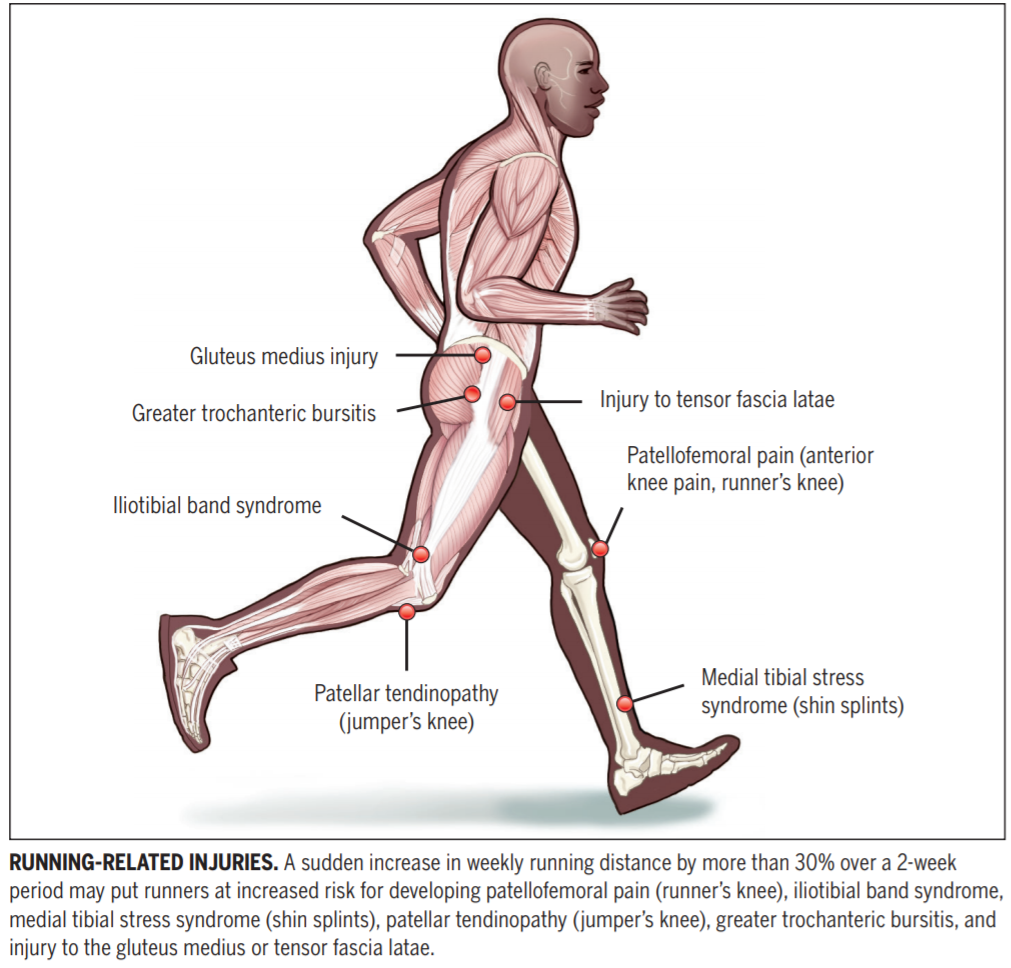How to Safely Increase Your Mileage with Running

Do you want to start a running program? Are you already a runner and want to increase your miles? Are you recovering from an injury and trying to return to running?
If you are working to accomplish any of these goals, you have probably wondered how to increase your running miles safely so that you are not hurt. Running-related injuries are very common, and training errors are the leading cause of preventable injuries. Most training injuries are the result of “too much, too soon, too fast, too quick.”
Although preventing running injuries is complicated and scientists still have a lot to discover, one rule familiar to many runners is the 10% rule, which states that you should not increase running mileage more than 10% each week. A study published in the Journal of Orthopaedic and Sports Physical Therapy put the 10% rule to the test and confirmed its validity.
New Insights
Although runners, coaches, and health care providers commonly use the 10% rule, more science is needed to understand its role in injury prevention. Researchers followed 873 new runners for 1 year; during this period, 202 runners had a running-related injury. The researchers compared runner injuries based on 3 categories of participants’ increases in running distance:
- Less than 10%
- 10% to 30%
- More than 30% in the 2 weeks prior to injury
Runners who increased their mileage by more than 30% had a higher injury rate than those who increased their mileage by less than 10%.
Runners who ran farther faster were at higher risk for patellofemoral pain (runner’s knee), iliotibial band syndrome, medial tibial stress syndrome (shin splints), patellar tendinopathy (jumper’s knee), greater trochanteric bursitis, and injury to the gluteus medius or tensor fascia latae (see illustration below). However, other types of injuries were not linked to the 10% rule, such as plantar fasciitis, Achilles tendinopathy, calf injuries, hamstring injuries, tibial stress fractures, and hip flexor strains. The authors suggest that these injuries may be related to other training errors.
Practical Advice
A sudden increase in weekly running distance by more than 30% over a 2-week period may put runners at increased risk for developing running-related injuries. The lowest injury rates were found in new runners who increased their weekly mileage by less than 10% over 2 weeks. However, other running injuries may be linked to running pace, increasing running speed, sprint training, or other training errors. If you are starting a running program, your physical therapist can help customize a safe running progression to meet your needs. For more information on a personalized running program, contact your physical therapist specializing in musculoskeletal disorders and running-related injuries.

You can ask your physical therapist about more ways to progress your running safely. If you’d like to consult with a physical therapist, reach out to us at 318-396-1969.
Monroe
West Monroe
Ruston
Shreveport
Monday-Friday
8am-5:30pm
Copyright © 2025 Melanie Massey Physical Therapy
